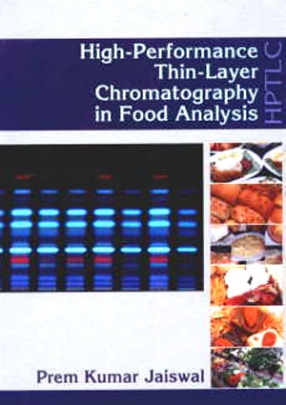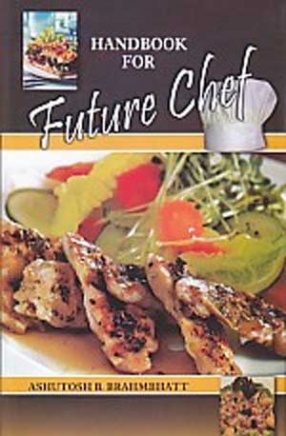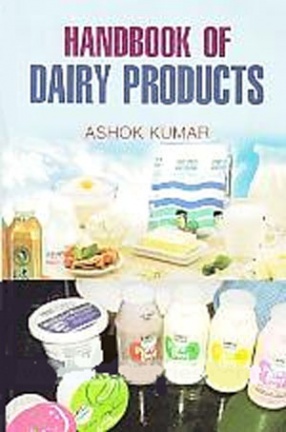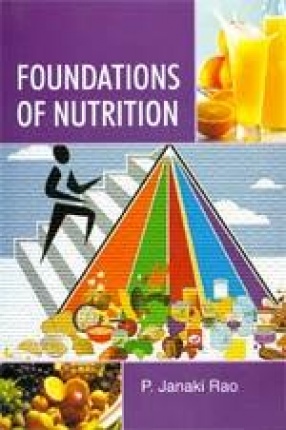High-Performance Thin-Layer Chromatography in Food Analysis attempts to elucidate the importance and value of HPTLC analysis for food and food products — the cost-effective technology of the twenty-first century and versatile application of this method in food quality assurance. It describes the methods of analysis for pesticide residues, flavours, organic acids, mycotoxins, antibiotics, additives, food colours, carbohydrates, proteins, pigments and dyes and different adulterants in food, etc. It explains how HPTLC can be integrated into quality assurance programs with a high degree of compliance of analytical protocol. Requirements of laboratory accreditation like validation of method, different qualifications, good laboratory practices and documentation have been discussed at length. The description in the book has been so designed that the users would be benefited not only in the field of food analysis but also in the other domains with a little change in application techniques. The chapters adequately cover the syllabus related to food analysis, mycotoxins, relevant portion of instrumentation (HPTLC), chromatographic methods, safety and quality evaluation of additives and ingredients, natural and synthetic colours, food toxicants and contaminants, detection and estimation of adulterants, analysis of various foods, pesticides residues, etc. prescribed by a number of universities. A significant portion of this book shall be useful to the students of these courses in understanding the different applications of HPTLC.
With the limited theoretical description of HPTLC, the main emphasis in the book is on facilitating the analysts to widely use this technique in different applications. The book is expected to serve as a guide to the analysts to generate many methods of analysis suiting their applications in different fields since the applications of HPTLC care unlimited.





There are no reviews yet.